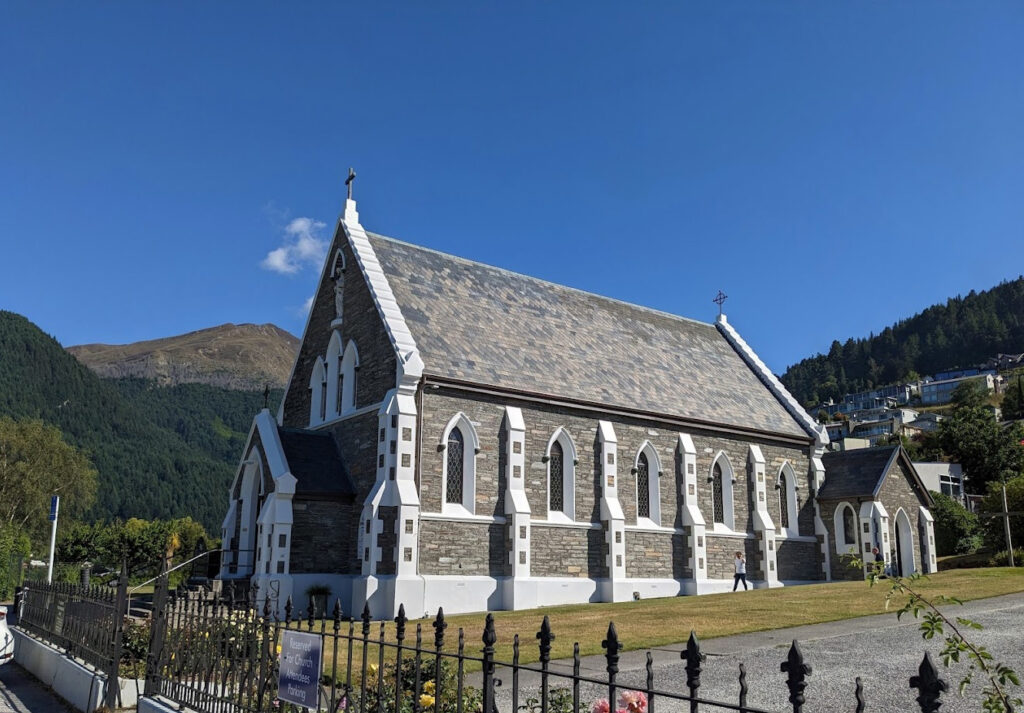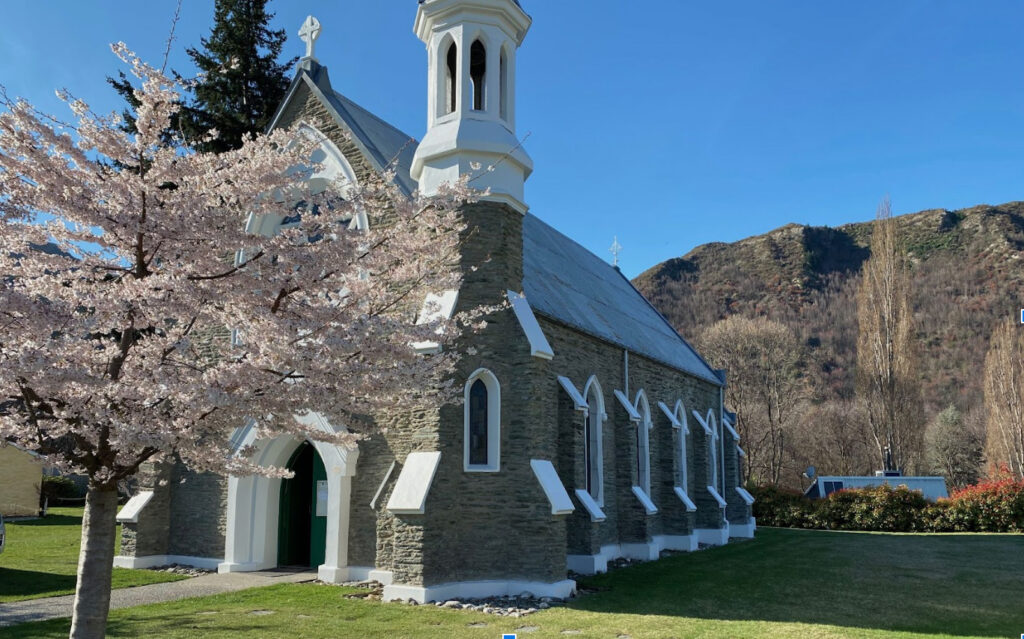

Queenstown, Arrowtown and Glenorchy are served by one Priest, currently: Father Cipriano Fernandes who is stationed in Queenstown. Queenstown came into being through farming, Arrowtown through gold and Glenorchy through mining and farming.
Queenstown is situated on the shores of Lake Wakatipu. The Maori translation is – The Breath of the Sleeping Giant. While we are small in actual numbers, our Churches are a haven for countless visitors who come for various reasons.
Arrowtown is situated 20kms from Queenstown on the banks of the Arrow River. Gold was discovered in the river in 1862 and signalled the start of the gold rush
2022-06-08
